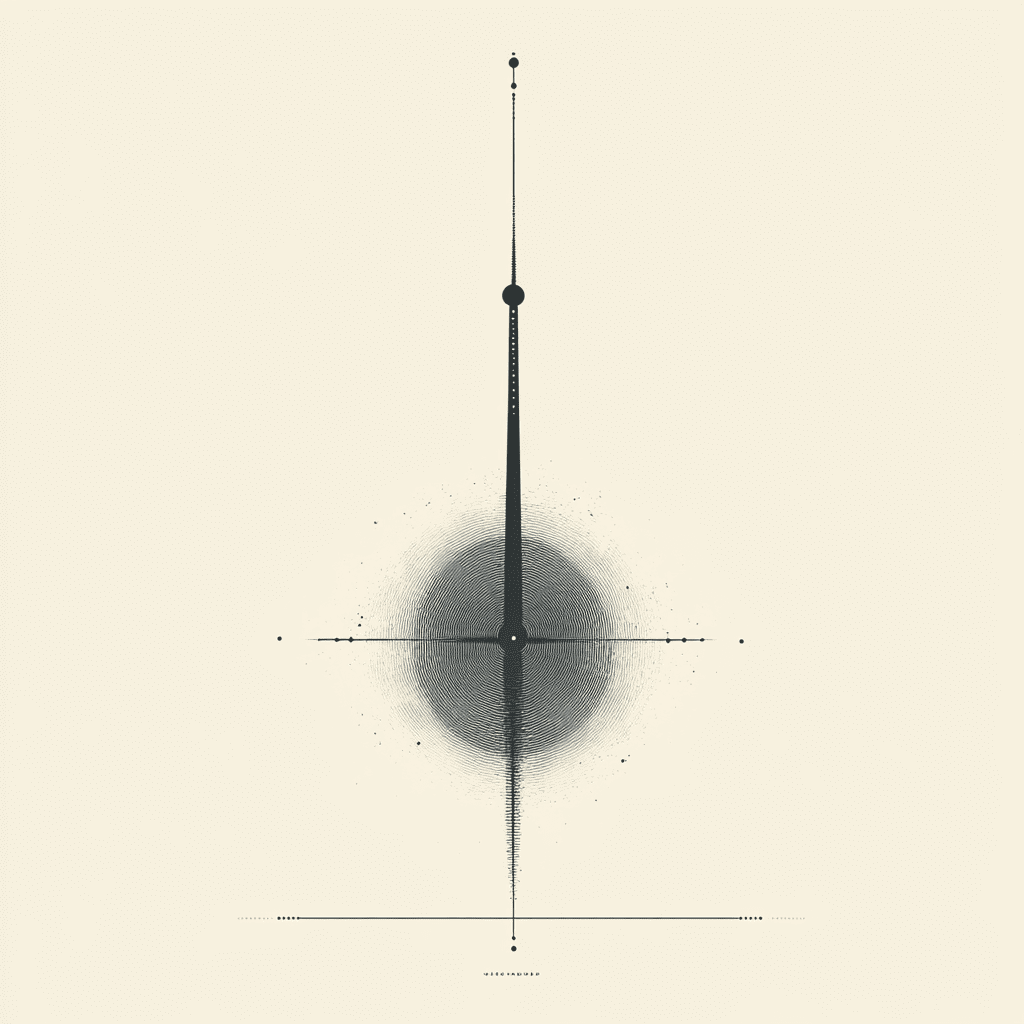We present new rotational period estimates for 216 Jupiter Trojans using
photometric data from the Zwicky Transient Facility (ZTF), including 80 Trojans
with previously unknown periods. Our analysis reveals rotation periods ranging
from 4.6 hours to 447.8 hours. These results support the existence of a spin
barrier for Trojans larger than 10 km, with periods clustering between 4 Und
4.8 hours. This spin barrier is roughly twice as long as that observed for
main-belt asteroids, suggesting that Jupiter Trojans have significantly lower
bulk densities, likely due to a higher fraction of ices and volatile materials
in their composition. We identify three new Trojans with reliable rotation
periods near the spin barrier, doubling the number of known Trojans in this
critical period range. Using these results, we estimate a mean density of
approximately 0.52 g/cm^3 for rubble-pile Trojans. Our findings support the
growing evidence that many Trojans are rubble-pile bodies with distinct
physical properties compared to main-belt asteroids. Looking forward, we
anticipate that data from the Vera C. Rubin Observatory’s Legacy Survey of
Space and Time (LSST) will provide rotational period estimates for several
hundred thousand Trojans, down to objects as small as 1 km, enabling a more
detailed investigation of their rotational properties and internal structure.
Dieser Artikel untersucht Zeitreisen und deren Auswirkungen.
PDF herunterladen:
2504.15530v1

